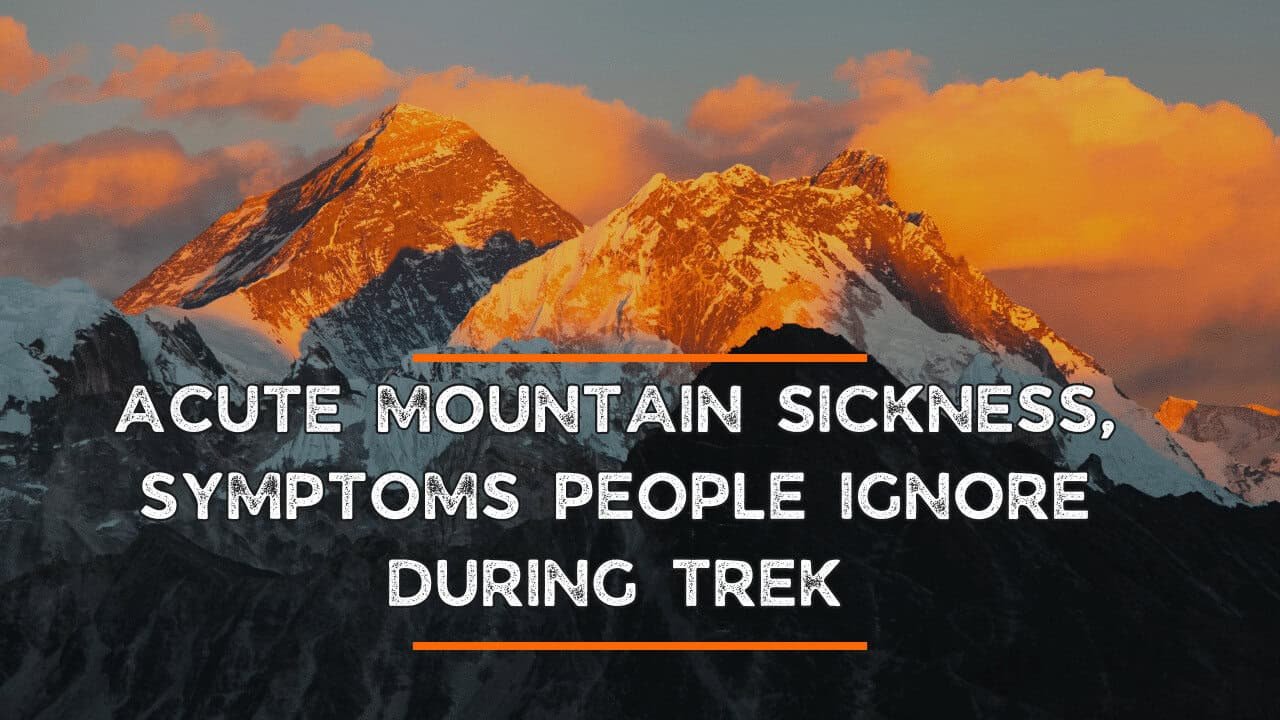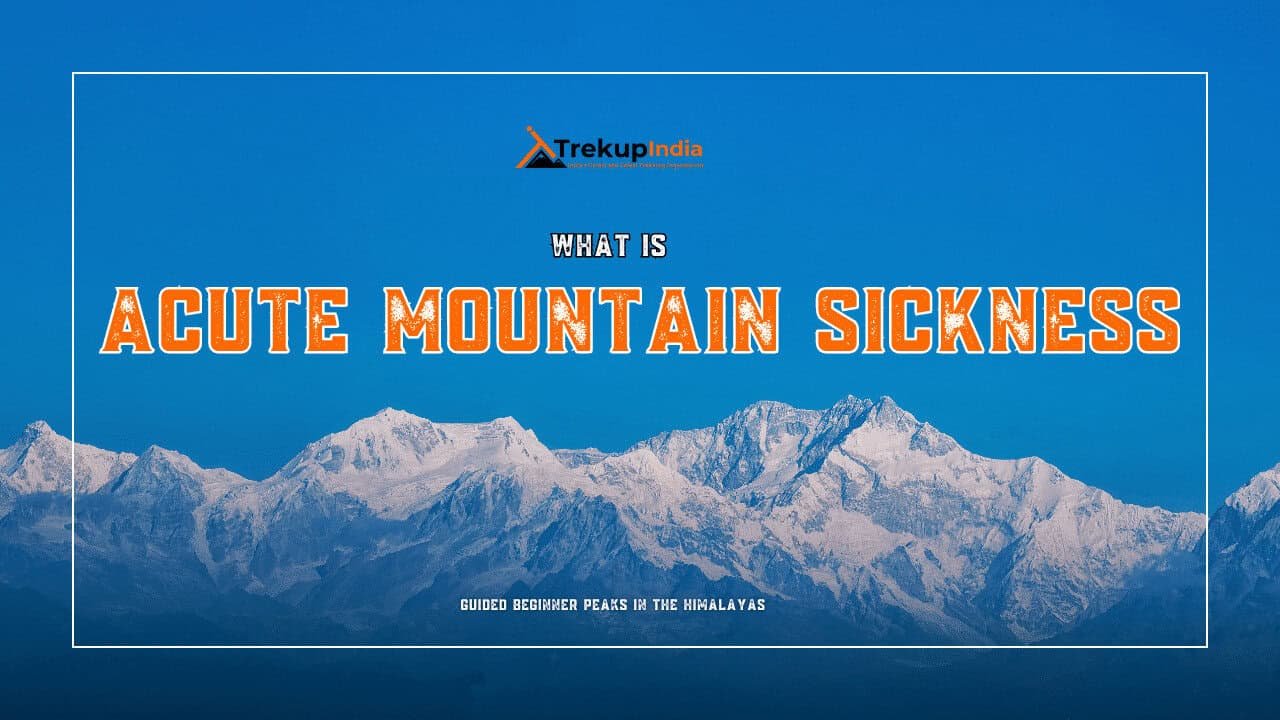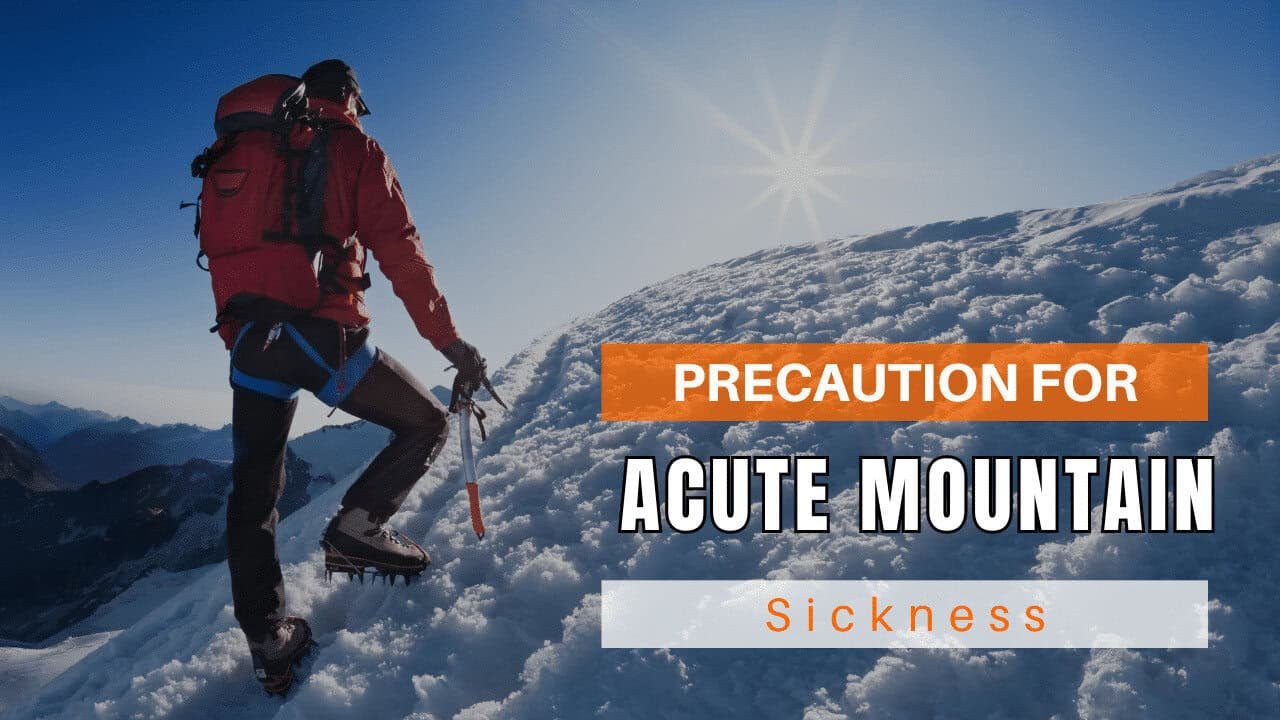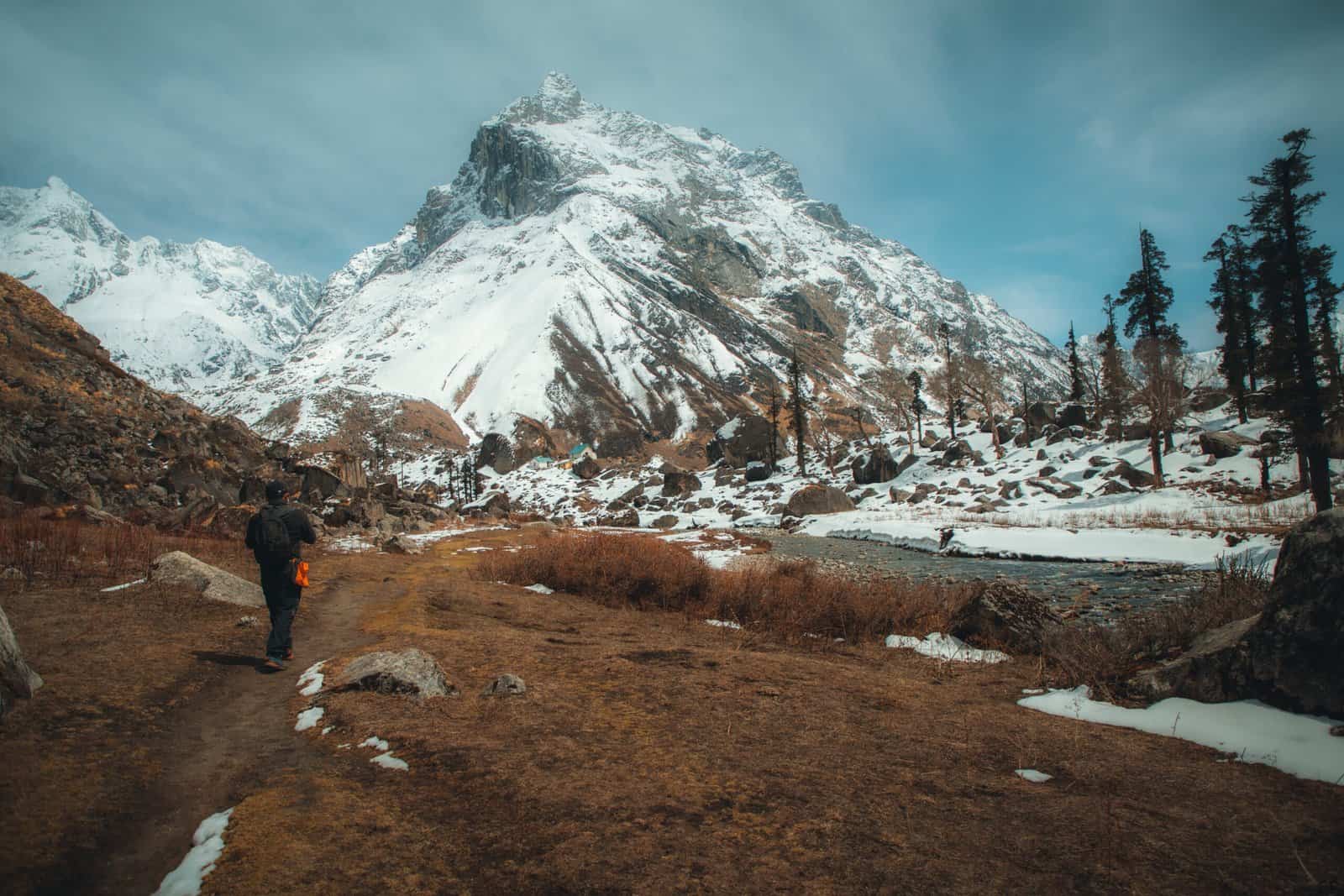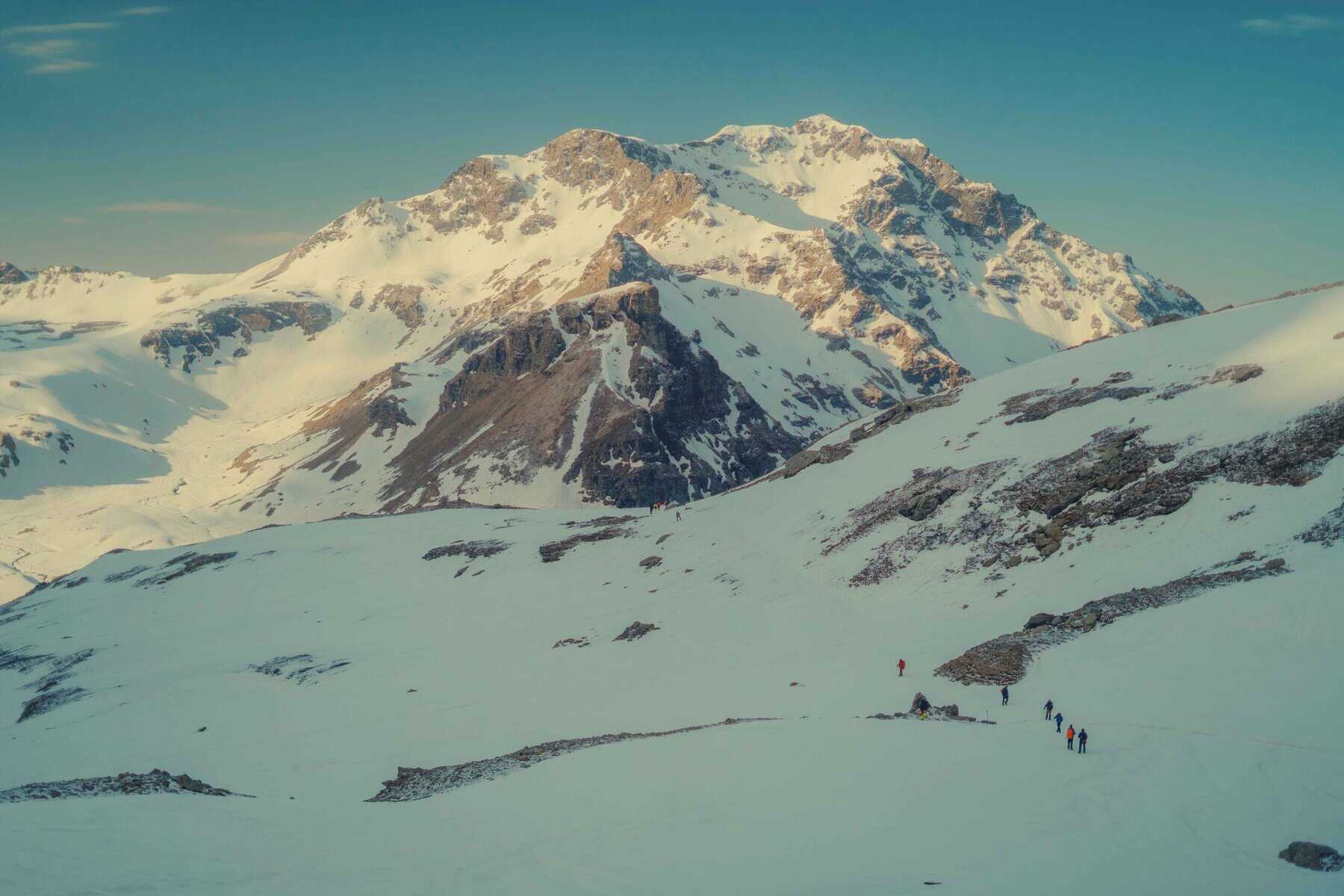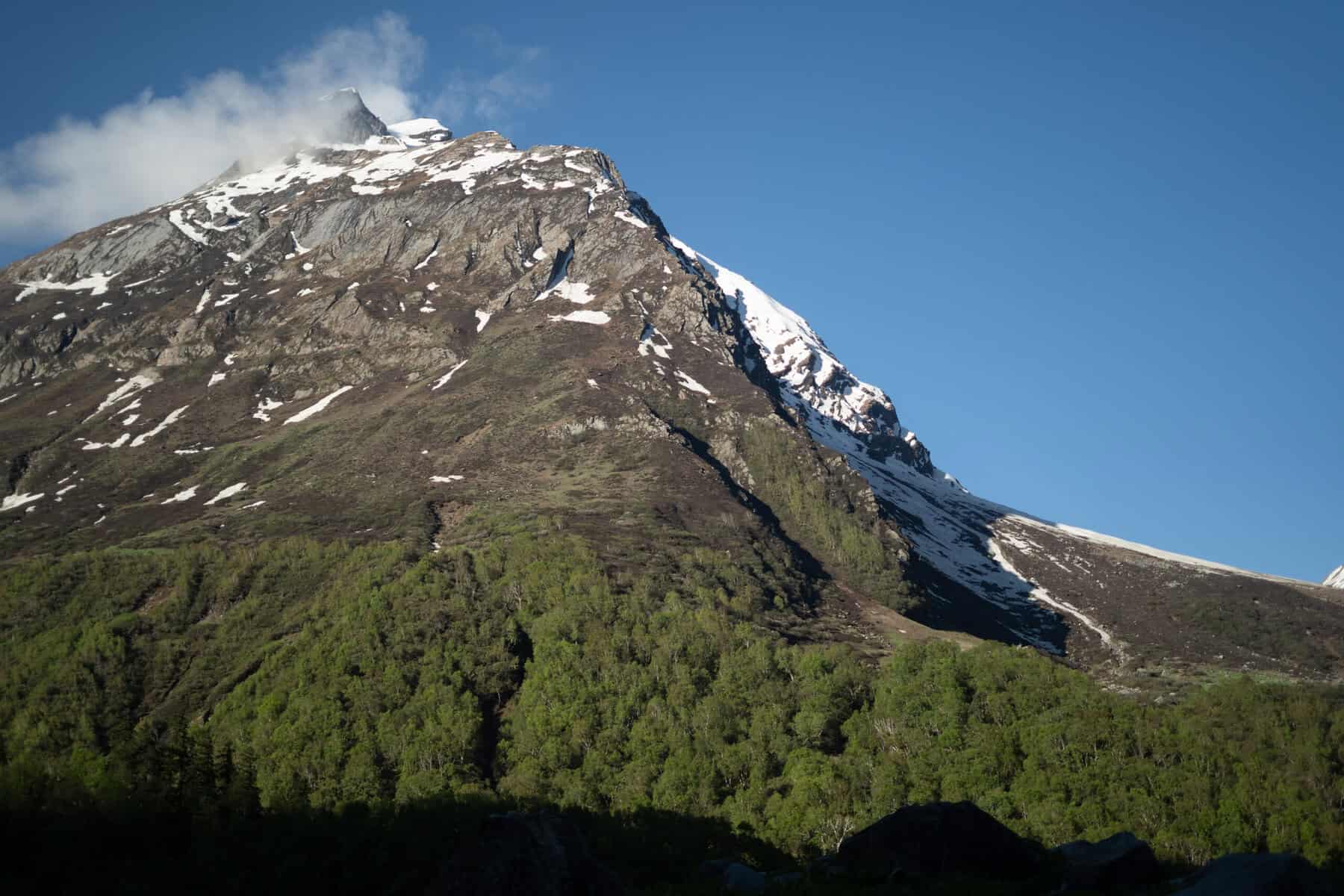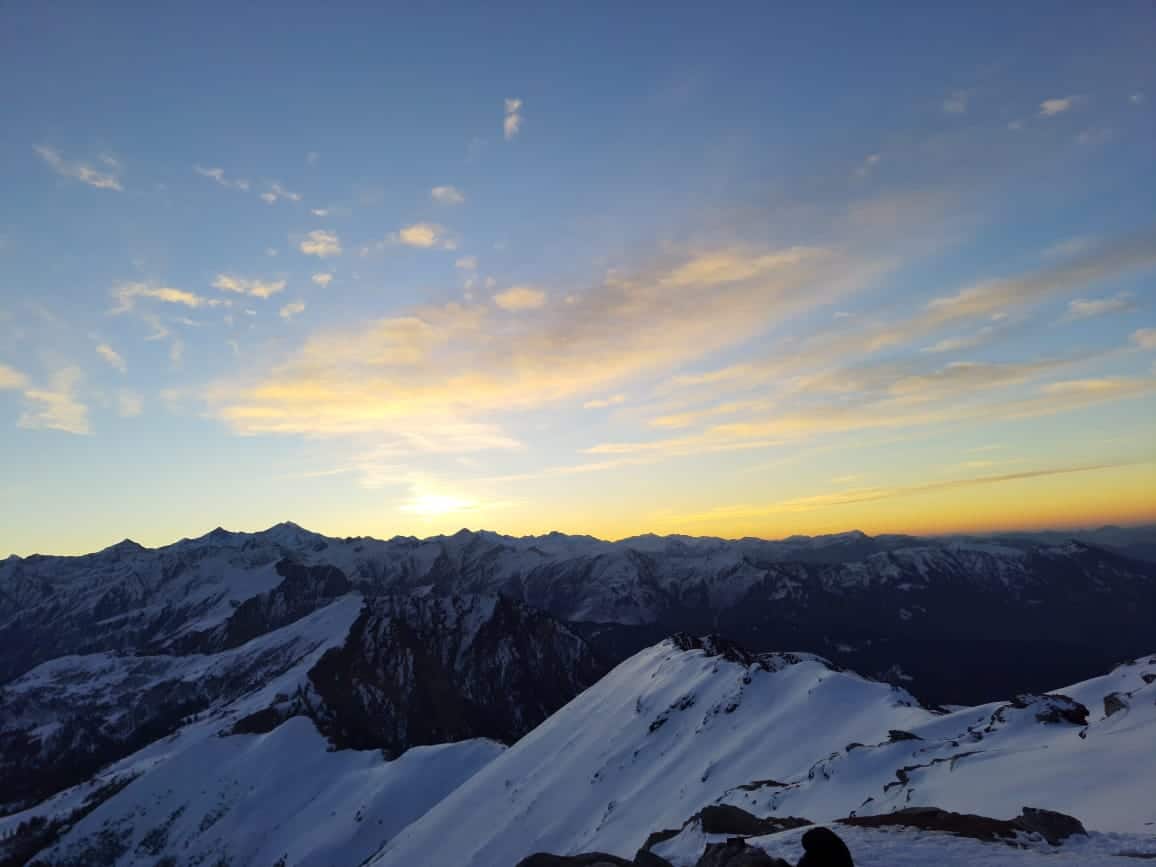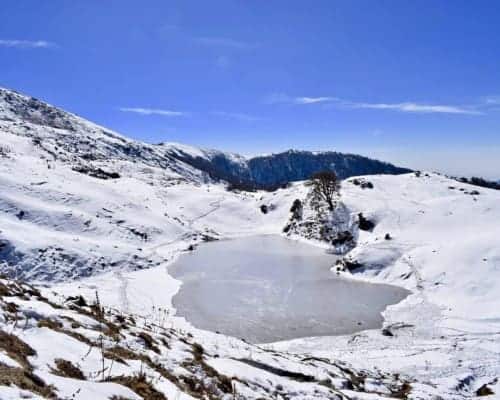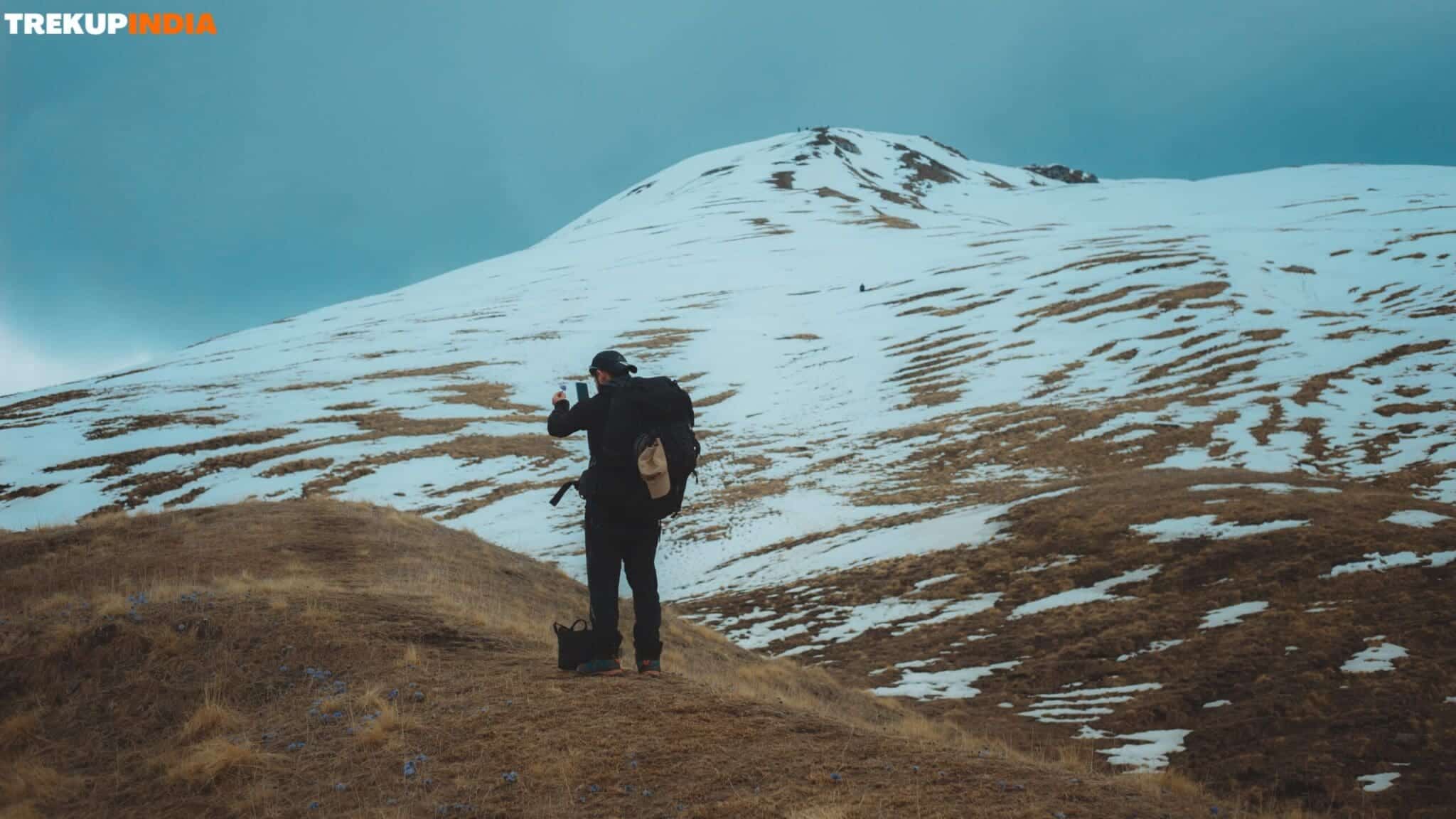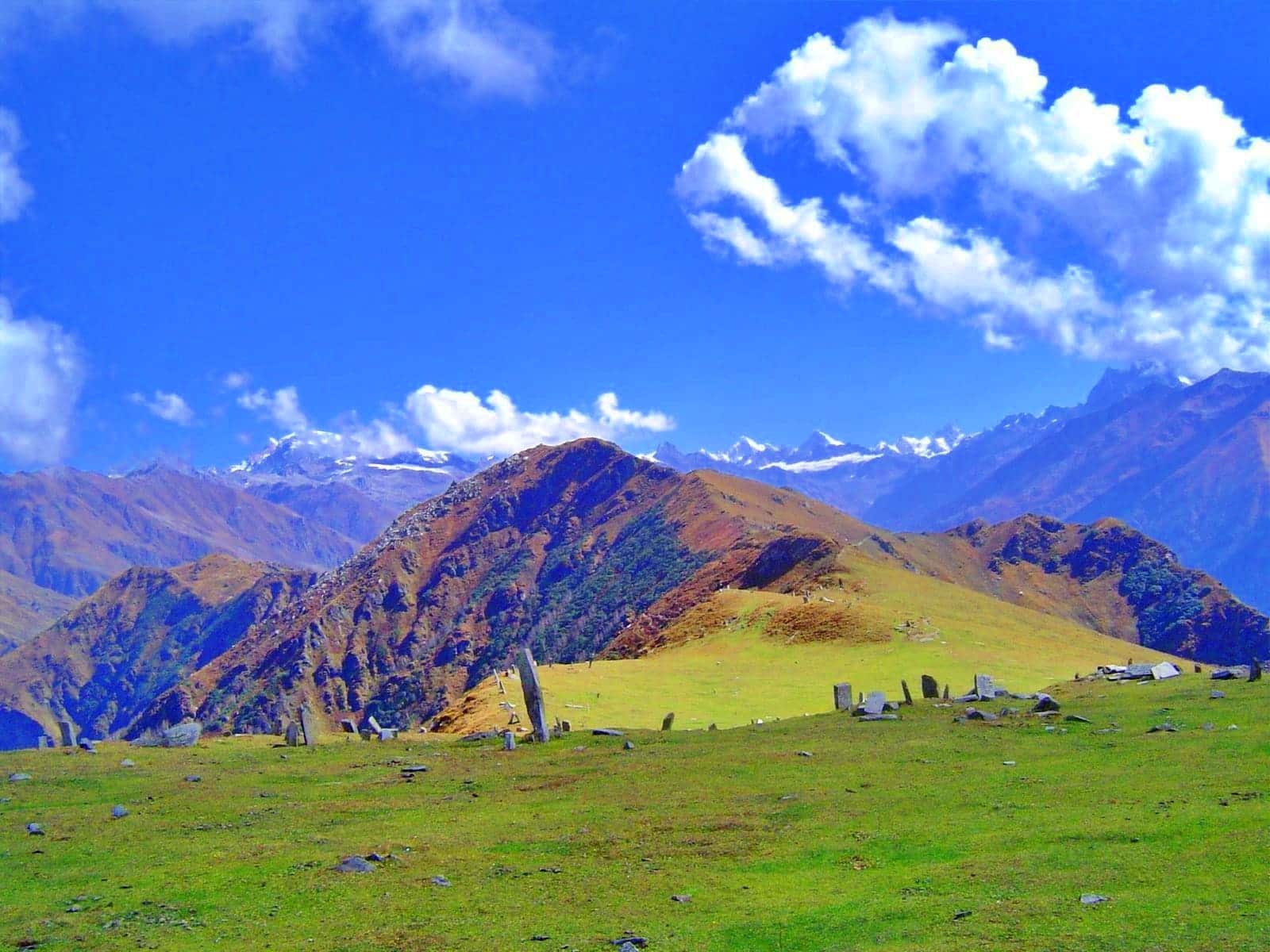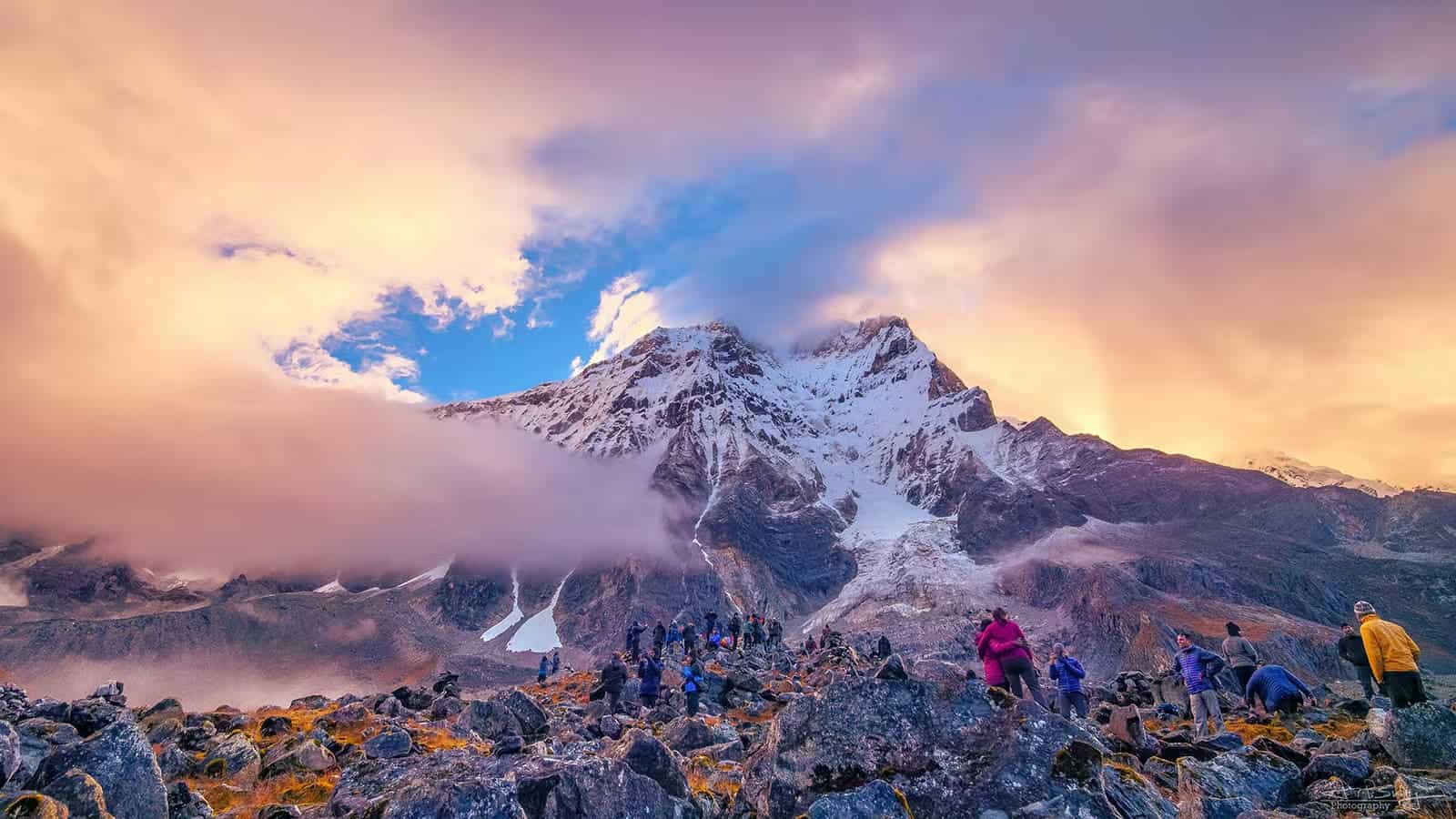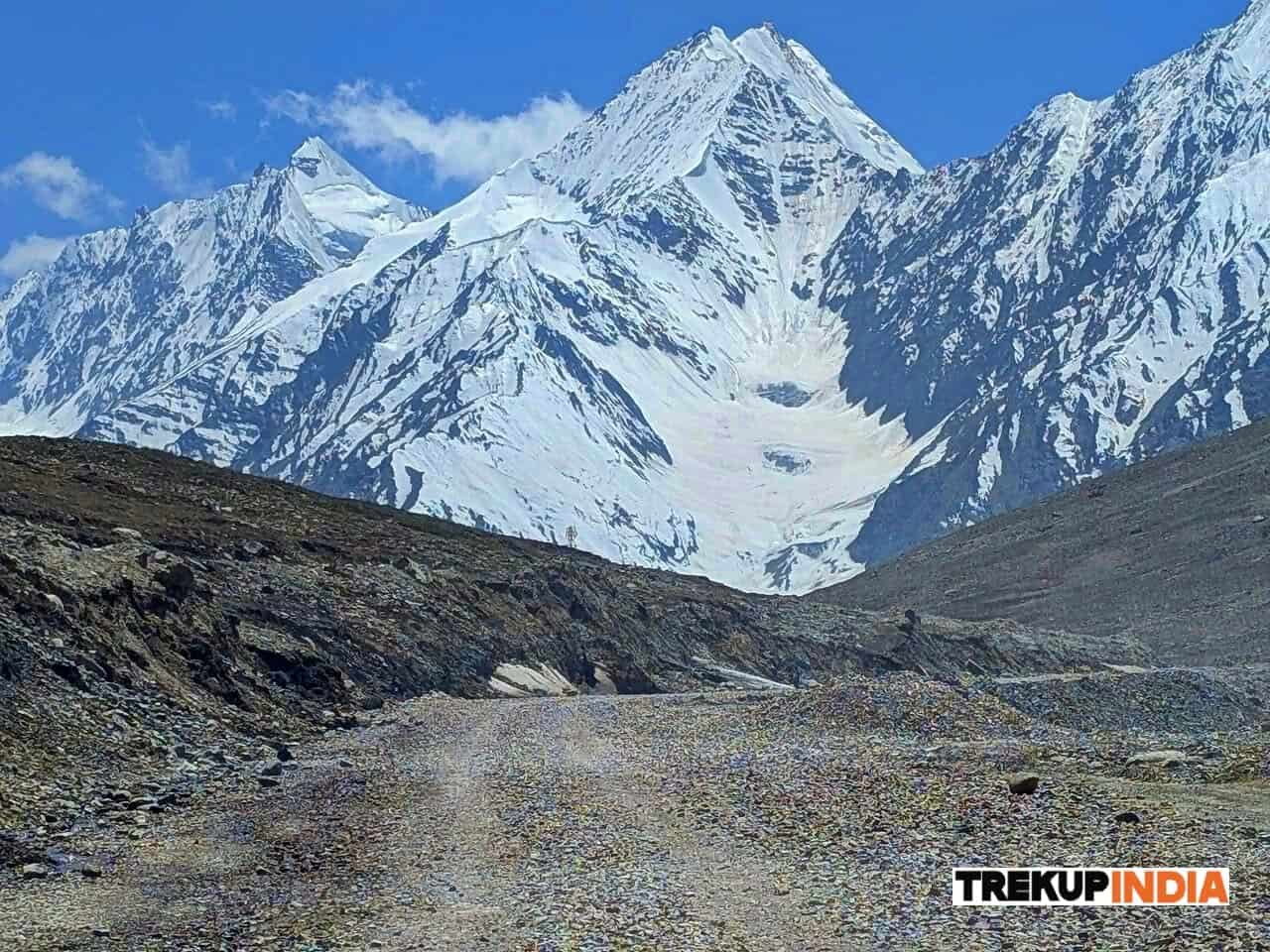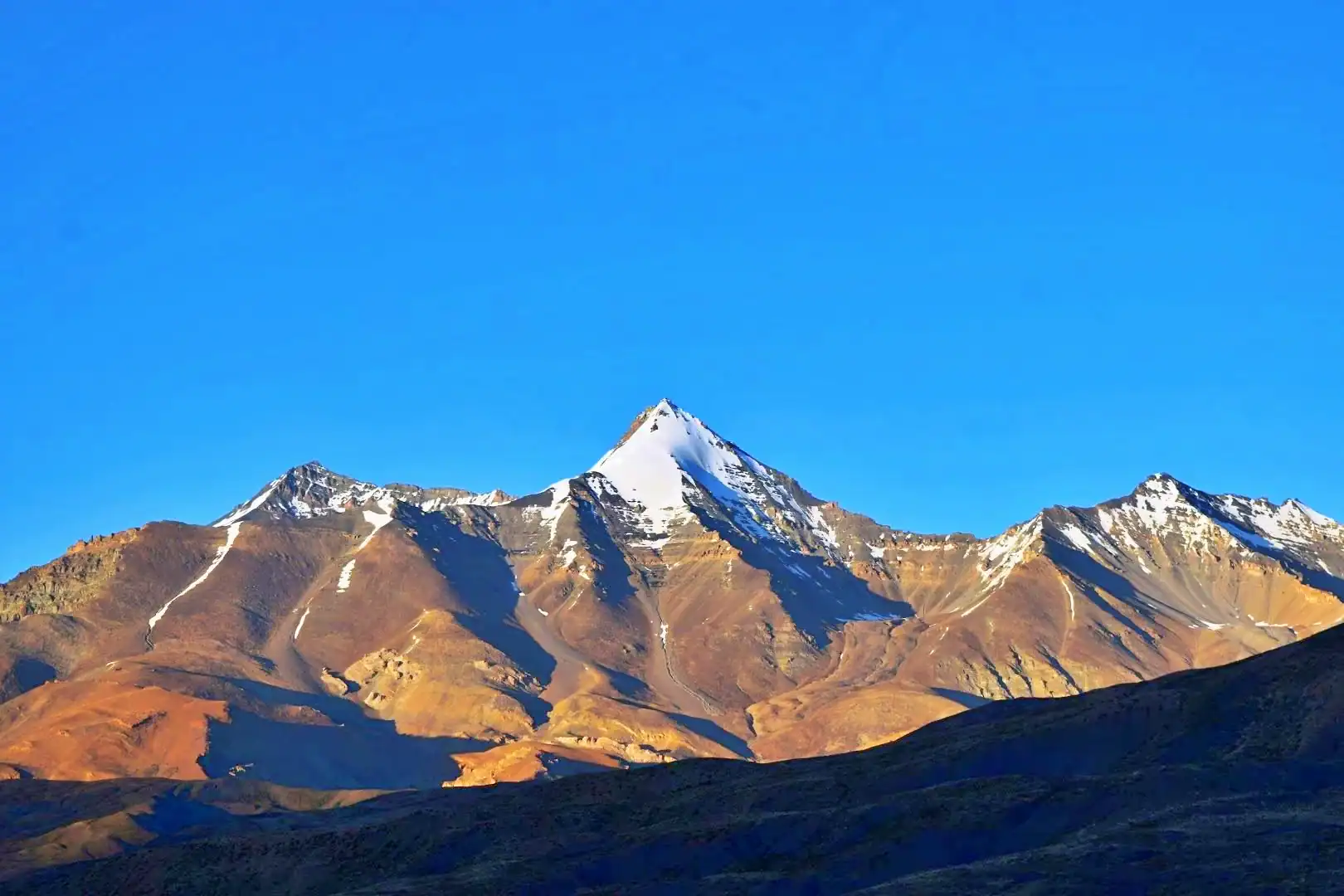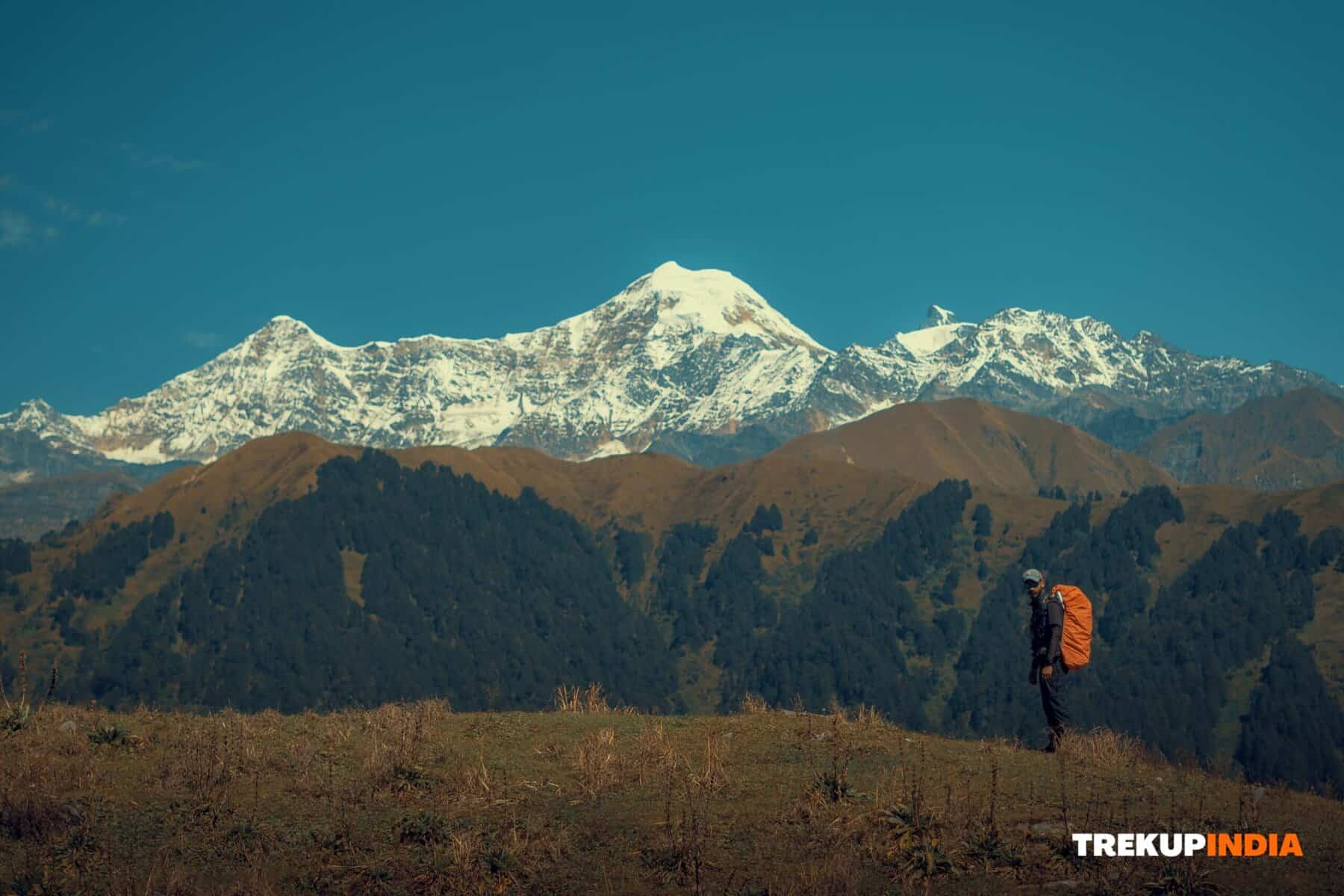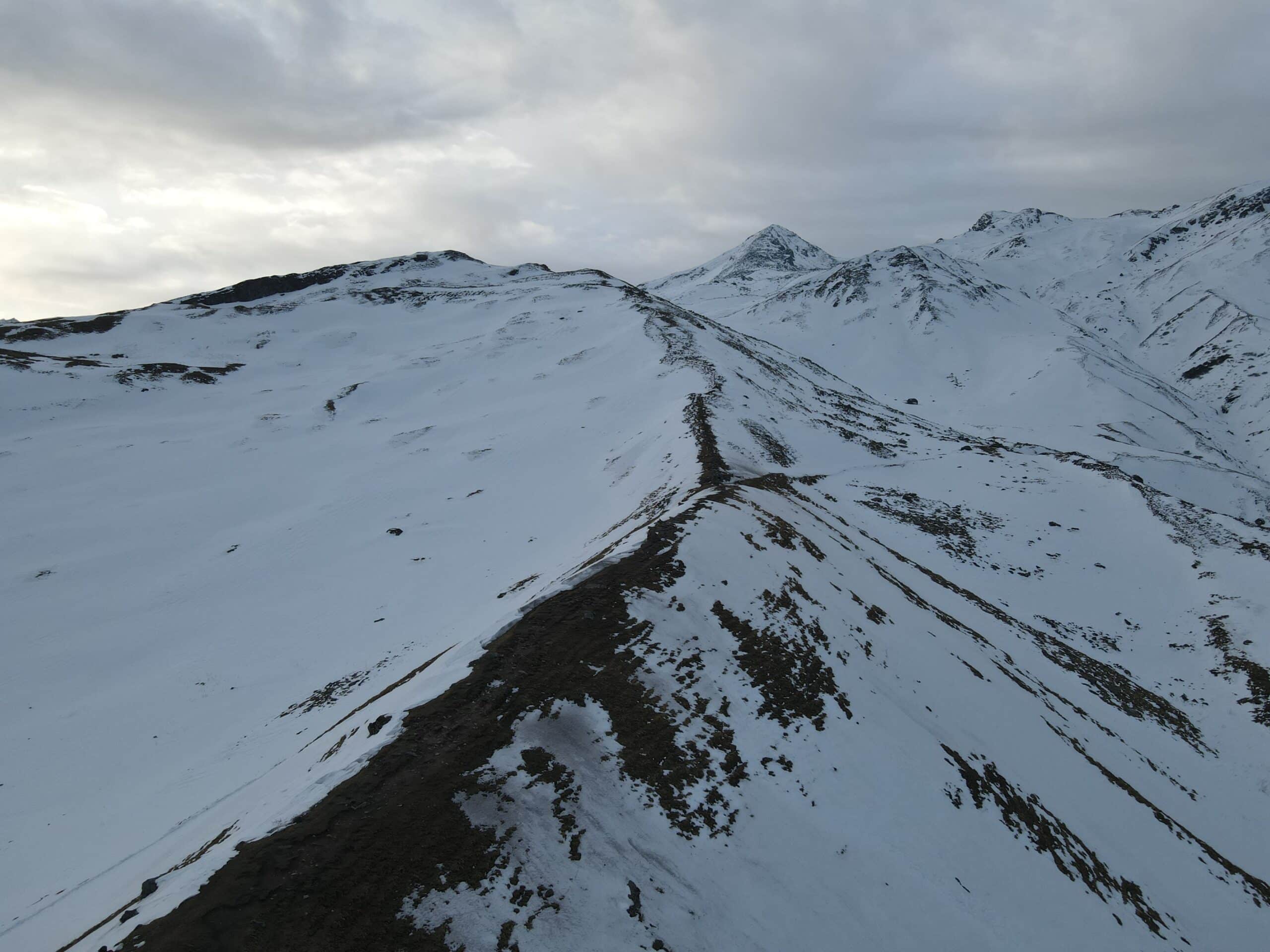Trekking in September? Discover the Best Trek to Explore
September is an exceptional opportunity to witness the magnificent Himalayas at their best. As monsoon season winds down, its conclusion unveils an exquisite tapestry of deep green tones filled with misty air that still smells sweetly fresh. Most snow has receded down mountain peaks, providing unobstructed views from base to summit – sometimes hidden secrets may reveal themselves! On clear evenings, camp sites will host incredible celestial displays that glimmer with delight; stars begin twinkling happily overhead. September is an amazing month to begin trekking, as monsoon rains begin to subside and the scenery becomes its vibrant best. Colourful blooms emerge alongside lush greenery of summer’s lush vegetation, crisp air, and dramatic skies, creating the perfect atmosphere for an incredible journey. September offers endless adventure trails for experienced adventurers as well as those just beginning their adventure experience – come discover its many gems today!
These September treks combine scenic beauty, moderate difficulty, and post-monsoon freshness into an enjoyable outdoor adventure.
Har Ki Dun
Har Ki Dun Trek is an incredibly popular trek among trekkers, widely recognized as one of the premier trekking routes. Situated in the Garhwal region as part of the Govind Vihar National Park, trekkers usually begin their four-day trek from Camp Base in Sankri. Attractions at Har Ki Doon Valley include unspoiled dense forests and picturesque camp sites by the river that offer ideal settings for nature enthusiasts, bird watchers, photographers, bird watchers and photographer enthusiasts – not forgetting nature enthusiasts, bird watchers bird watchers bird watcher & photographer enthusiasts alike! Ideally, starting after the monsoon period is advised since both experienced trekkers and novices will find themselves well catered to.
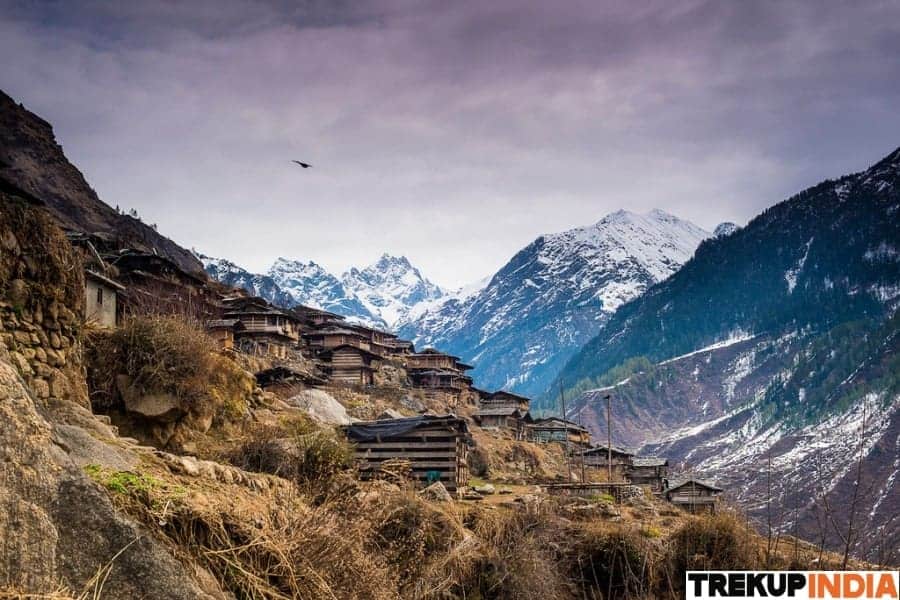
Hampta Pass Trek
Although only accessible for short periods each year, Hampta Pass remains one of the most visited mountain passes in Himachal Pradesh. Situated within Pir Panjal range and serving as a link between Chandra Valley in Lahaul and Kullu Valley; vehicle accessible with overnight stays at mostayas along its trek route – with Chand itself situated at 4250m elevation making this incredible sight even more appealing; although with mild days but cold nights during September trekkers must ensure adequate preparation.

Everest Base Camp Trek
Everest Base Camp Trek (EBC) may appear daunting due to its association with Mount Everest; however, in practice, the trek is much less difficult than anticipated. All it requires for success is some prior high-altitude trekking experience and physical preparation – plus luxurious guesthouses or tea houses instead of rough camping conditions along their journey; adrenaline-pumping Lukla flights add excitement while stunning trekking adventures offer views of Mt Everest, Lhotse, Makalu, among many other peaks along their journey!

Beas Kund Trek
Beas Kund is an idyllic Himalayan town nestled within Kullu Valley in Himachal Pradesh. Beas Kund’s tranquil alpine stream meanders peacefully through this picturesque area, making autumn an exciting adventure spot and providing stunning vistas of Friendship Peak, Ladakhi Peak and Hanuman Tibba as well as their respective mountains (Friendship Peak Ladakhi Peak Hanuman Tibba with huge boulders lining their treks), making this trek an exciting adventure unmissable!

Nag Tibba Trek
Nag Tibba Trek offers an authentic Himalayan trekking experience within just one weekend from Delhi. Travelers staying overnight at Pantwari Village, located in Tehri, may begin trekking the same evening, and continue up into the valley until midday the following day, when commencing the Nag Tibba Base Trek from Pantwari Village, located in Tehri – perfect for beginners as well as families introducing children into outdoor adventure! This trek provides great rewards, whether done alone, with friends, or with children; don’t wait; experience its amazing Himalayan glory now!
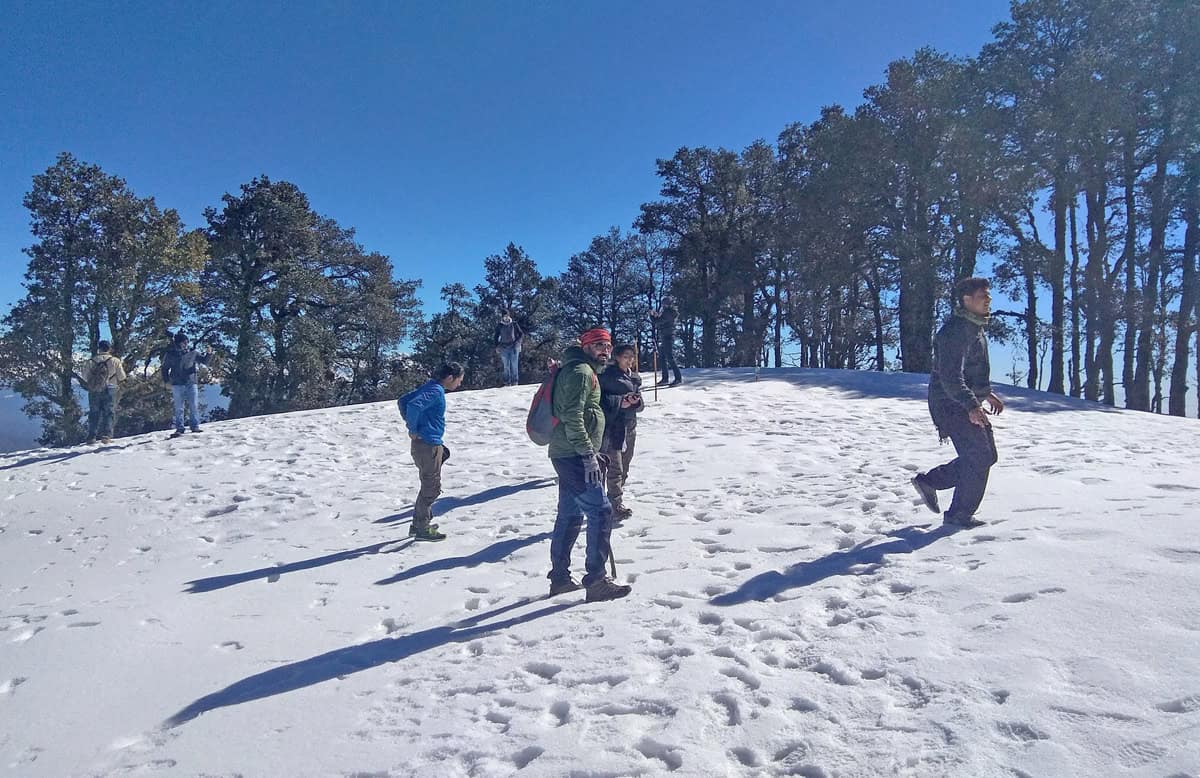
Trek to the Valley of Flowers
The Valley of Flowers in the Himalayas is an exceptional natural treasure, famed for its impressive natural landscapes and incredible variety of botanical treasures. Set in the bucolic Chamoli District, this Indian National Park provides nature enthusiasts with an idyllic sanctuary featuring lush meadows and an unparalleled assortment of plant species. As soon as monsoon season hits, you will witness vibrant hues as an array of flowers burst forth to transform the valley into an incredible masterpiece. An added perk to this trek is Hemkund Sahib – one of the highest altitude Gurudwaras worldwide. For optimal viewing conditions of these exquisite blooms, trekkers are advised to begin in early September.
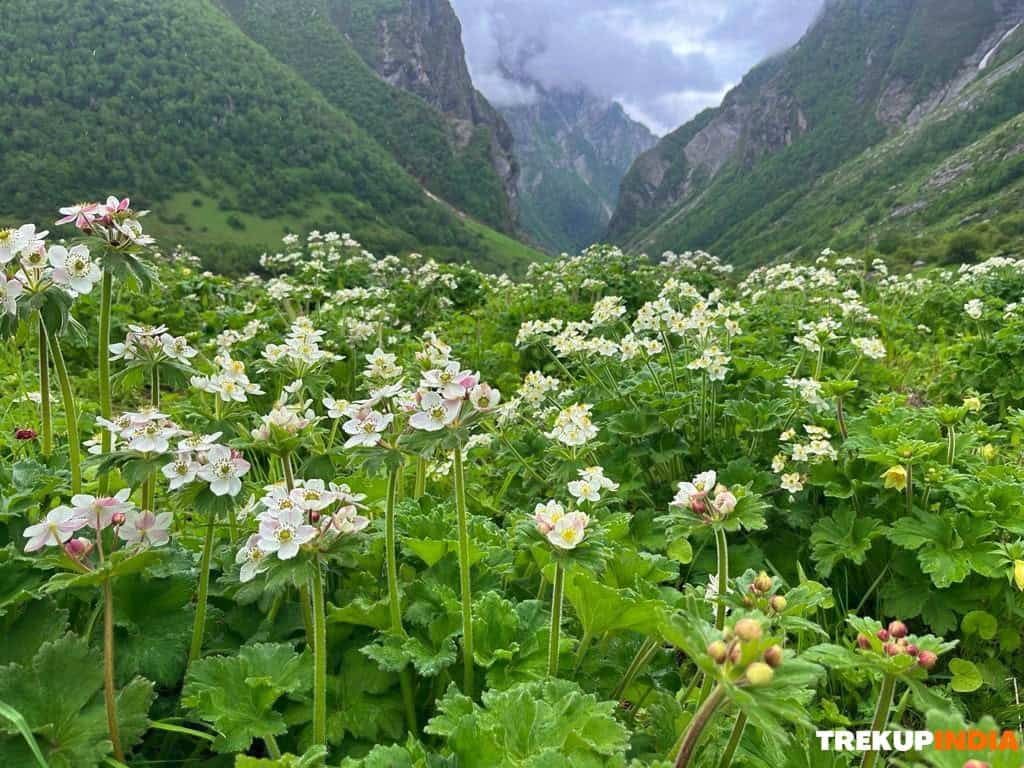
Sandakphu Trek
Tourists visiting Sandakphu will be mesmerized by its breathtaking views of the majestic Himalayas, featuring four of the world’s tallest mountains – Kanchenzongda, Everest, Lhotse, and Makalu – all located within Darjeeling’s northwest corner and West Bengal’s highest peak, 11900 feet up. Trekkers of all skill and experience levels should not miss this trek at 11,900 feet, situated within Darjeeling. And even experienced trekkers should join it at least once! And if this trek has yet to experience anything unique, do so soon – don’t miss this unique experience and make sure it becomes part of your life soon after.

Tips for Trekking in September
Pack waterproof gear: Even though monsoon season ended in August, rains may still fall at the beginning of September.
Layer Up: Layered clothing can help regulate temperature changes more effectively in high elevation environments, as temperatures can change quickly. Light layers provide the flexibility necessary for temperature regulation.
Carefully consider where you want to visit: Some trails in the Western Himalayas tend to dry out faster than others, so be sure to take note of trail conditions before choosing your location.
Make Reservations Early: September is an extremely popular month to go trekking in both Uttarakhand and Himachal.
About Author

Anoop Rawat (Admin TrekUp India)
Anoop has worked for 5 years as a Trek Leader with TrekUpIndia, leading numerous treks across the diverse and challenging terrains of Uttarakhand and Himachal Pradesh. He holds a degree in Geology with a specialization in Geographic Information Systems (GIS) from UPES Dehradun. During his academic years, he actively applied his classroom knowledge in the field—most notably by contributing to a glacier research project on the Jundar Glacier in the Har Ki Dun Valley, Uttarakhand. Write Anoop at anoop@trekupindia.com
Share this article
Dates For Upcoming Treks
Want To Trek Like Pro?
Basically, watch these videos if you want to trek the same way professional trekkers do and make your skills better. These videos contain useful tips and techniques to further improve your trekking skills itself. These videos actually help both new and experienced trekkers improve their trekking skills. These videos definitely provide useful tips that make your trek better. We are seeing that these videos by Trekup India experts will only help you make your trekking skills better.
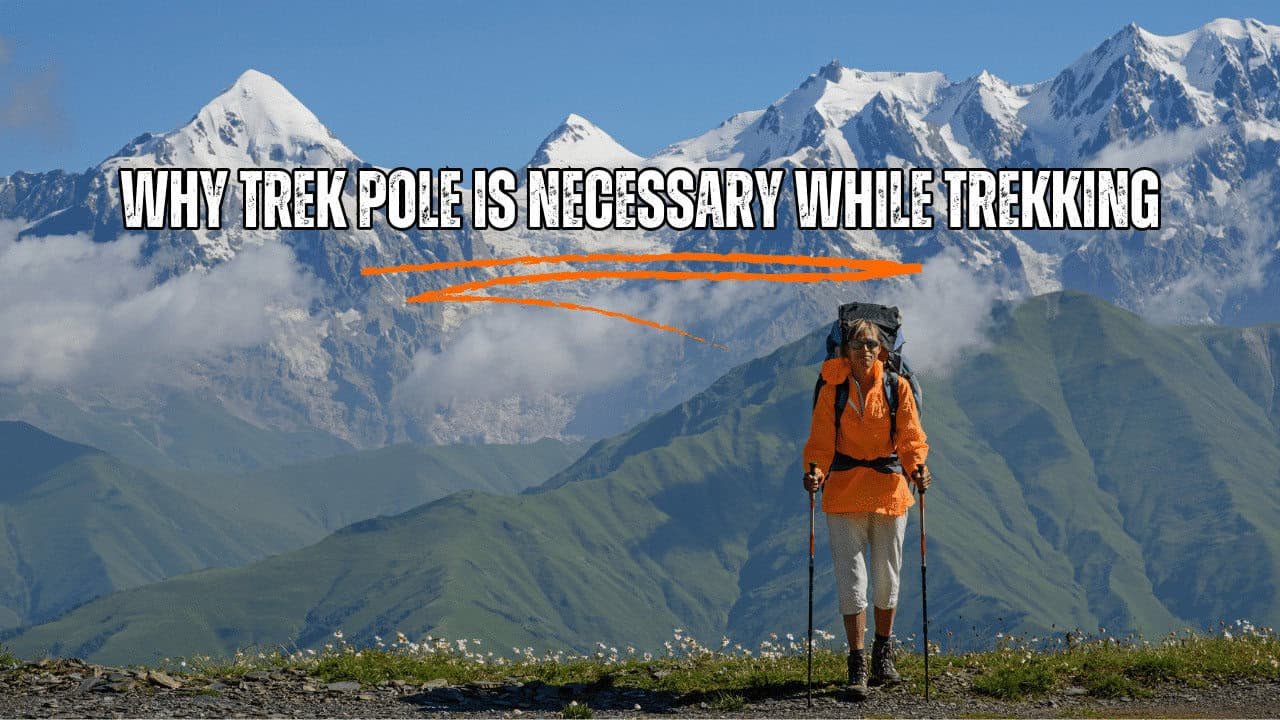




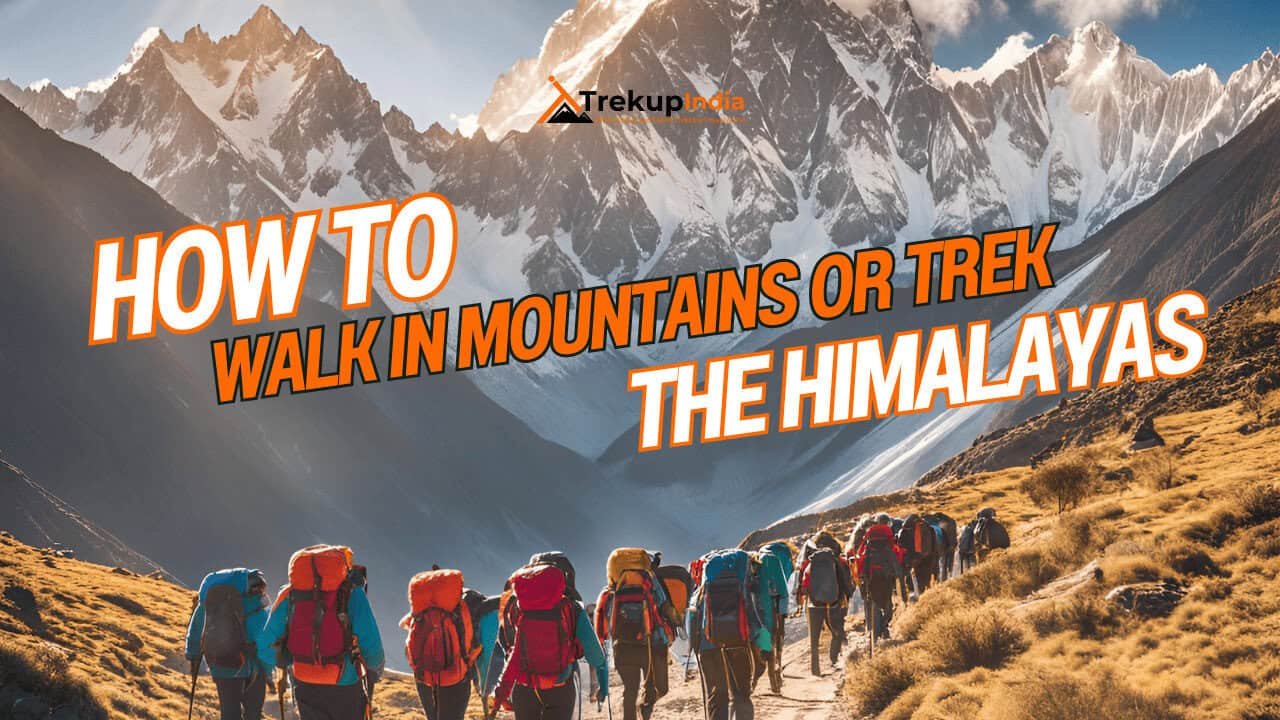

Know Everything About Acute Mountain Sickness
Acute Mountain Sickness occurs when people trek to high altitudes above 8,000 feet. This condition itself develops further due to reduced oxygen levels at such heights. Basically, as you go higher up, the air pressure and oxygen levels decrease, which causes the same problem. Acute Mountain Sickness surely causes headache, nausea, vomiting, and dizziness in affected persons. Moreover, peoples also experience difficulty in sleeping during this condition. To avoid mountain sickness, you should actually trek up slowly to higher altitudes. To learn further about this condition itself, watch the videos by Trekup India.
